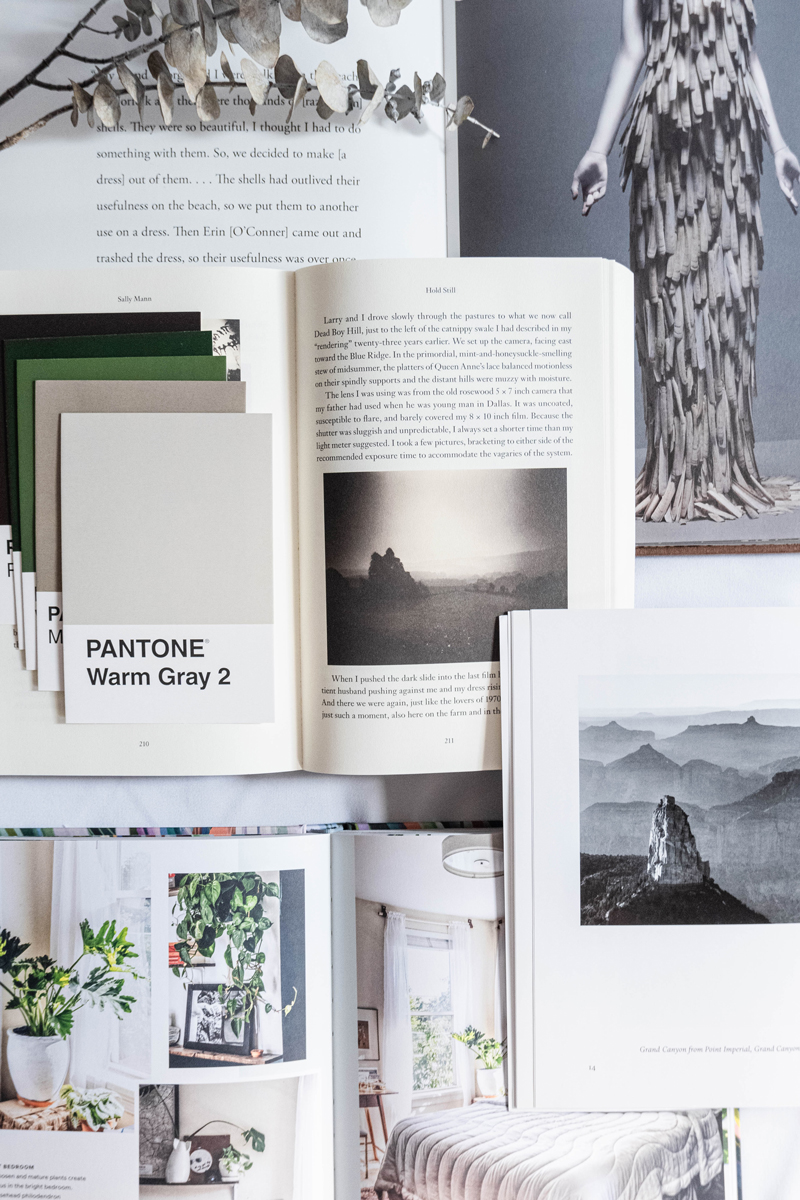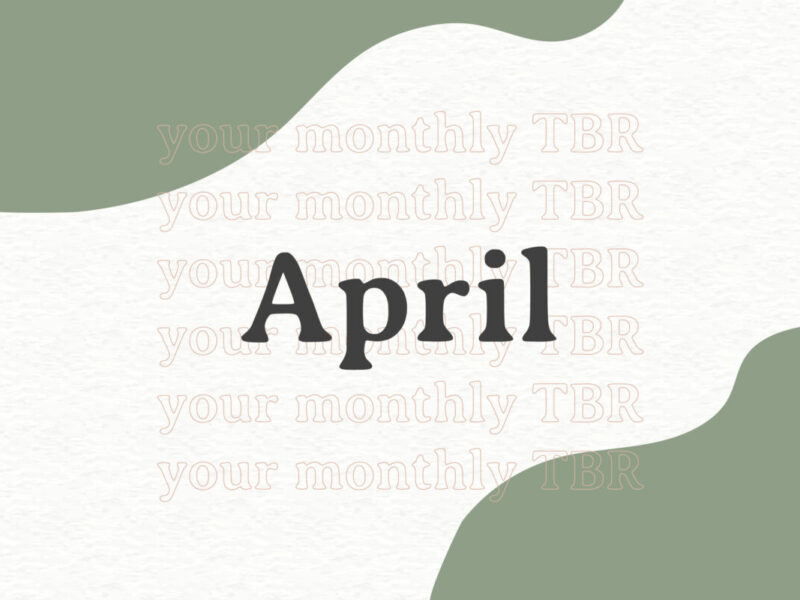How to Select Artwork for Your Poetry Book
Selecting artwork for your chapbook or book is one of the most rewarding and exciting aspects of the publishing process. When deciding on cover art, you are searching for the right image, photo, or illustration that captures the essence of your book. The amount of control and feedback you can offer depends on whether you self-publish or work with a commercial or literary press, but in general, publishers want to consult you on your book cover. Of course, if you self-publish, you will have complete control of the cover art and can hire an artist to create your visuals—or if you’re an artist like romantic poet William Blake then the entire book can be your creation. Read on for tips and strategies to consider before you select your artwork.
CONSIDER YOUR TITLE
Before you begin researching book covers, it’s important you make the final decision on your title. Whether you choose traditional or non-traditional publishing, the title often gets changed during the publication process. This can be frustrating if you have become attached to your title, but considering that a title has a multipurpose role for readers, book buyers, and booksellers, your publisher may have a compelling reason for proposing a change. Many writing magazines, like Writer’s Digest, expose this complicated issue for authors: “Covers are tricky in part because they represent our books at the exact intersection between the personal and business aspects of writing. It’s our baby, and we care very much how it is presented to the world, but it is also a sales tool.” For a poetry book, you want the title to be lyrical and captivating, but you also have to consider that a publisher sees the title as part of their marketing strategy. As the title and the artwork are symbiotic, it’s important to understand that if you change one, you’ll likely have to change the other.
CAPTURE THE ESSENCE OF YOUR BOOK
A classic English idiom says you shouldn’t judge a book by its cover, and while this shouldn’t be the case, it’s the unfortunate truth in book publishing. The cover art is one of the most important aspects of marketing and designing a book because it’s the first thing a reader sees. In this age of social media, some authors are even seeking feedback from their readers—or other authors—for their cover art. Although this may be tempting, publishing guru Jane Friedman warns authors not to engage in this: “The crowd hasn’t been part of the book’s big-picture marketing and packaging discussion. No meaningful cover discussion can occur without an understanding of the initial cover direction and why that direction was established.”
When your publisher or press sends you options for the cover art, remember that the most important opinion to consider is your own. Some questions you can ask yourself are: Does this cover art capture the essence of my book? Do I enjoy this artwork? Does the image make sense with the story or themes of my book? Give yourself time to answer these questions, and offer your publisher your honest feedback. However, remember that depending on your publishing contract, you may not have full control of the cover design. Even established literary presses such as Milkweed Editions have their own marketing team, so remember that while your opinion is important, this is still a collaborative process.
RESEARCH COVERS IN YOUR GENRE
If you are self-publishing or working with a small press then you’ll want to research different book covers—not just for inspiration, but also to understand what captures the interest of readers from a marketing perspective. If you like literary presses, then grab five of your favorite small press books and freewrite what makes their book covers interesting. If you want to publish with a commercial press, do the same exercise with books from major publishing houses. Ask yourself what each book makes you feel. Does the design of the book cover reflect that feeling?
ASK YOUR PRESS TO DESIGN ORIGINAL COVER ART
Some presses have their own designer or artist, in which case it will be easy for you to offer your opinion on the book cover and engage in a collaborative process. The artist can even send you samples while they are designing the cover. If that is the case then speaking on the phone or through Zoom or Skype is a good idea. That way you can truly discuss the colors, the images, and the mood you want to evoke with your book cover. When Dancing Girl Press sent me my book contract for my forthcoming chapbook, publisher Kristy Bowen offered me the option to design an original book cover. She is an artist, and her artwork is one of the reasons why I wanted to submit my chapbook to her press. I can also find a photograph or piece of artwork I like and recommend it to her. This is the great thing about working with a small press: Your voice is heard.
REMEMBER THAT BOOK COVERS ARE VISUAL POEMS
While it’s necessary to consider the target audience of the book and the marketing aspect of creating a cover, the most important element overall is that the cover reflects the beautiful poetry inside the book. Ultimately, it’s about the quality of the poetry and the artwork; it shouldn’t be about how many books that cover sells. In this interview, designer Claudia Carlson reveals the insight that “covers are visual poems in themselves.” Because she’s also a poet, she’s able to grasp the artistic elements of creating a cover: “A cover becomes a metaphor using or not using color, image, and the personality of type. The white space, areas not filled, are also the story. If you can turn it upside down, or look at it in a mirror and it still affects you, there is something vital that goes beyond text. This is something I learned when I was painting.”
Whether it’s a photograph, an illustration, or an art piece, finding the right cover for your book is integral to the publication process. Whether you are working directly with the artist or you are consulted on the artwork, take the time to consider what you love or don’t like about each piece of artwork you review. Remember that your book cover should evoke the essence of your poetry and visually transmute your beautiful words.




